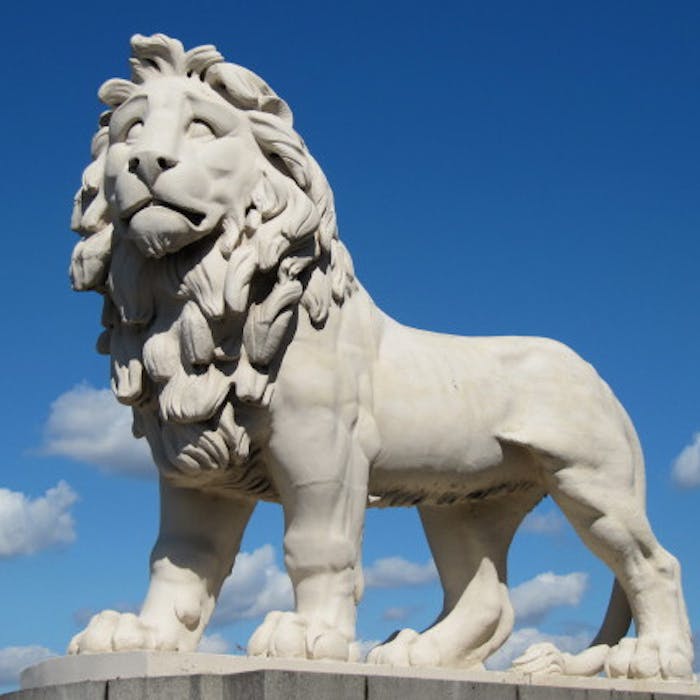
Coade stone - Mrs Coade's wonderful building material
For about 50 years, from the 1770s, the streets and buildings of Britain were greatly enhanced by the decorative use of Coade stone, an artificial stone made to a secret recipe.
Coade stone was first developed in the 18th Century by Eleanor Coade, a highly successful businesswoman.
Eleanor was born in Exeter to a family of entrepreneurs. Her father was a wool merchant and her maternal grandmother Sarah Enchmarch was a successful business woman in Tiverton, running the family textile business for 25 years after her husband Thomas died in 1735. Sarah Enchmarch was clearly determined to succeed, even to the point of using spies to learn the latest techniques used by her competitors.
Eleanor's father was less successful. Business failure resulted in the family moving from Exeter to London. Here Eleanor soon began to run her own business as a linen draper.
In 1769 Eleanor Coade went into partnership with Daniel Pincot, who had a business making artificial stone in south London. The pair soon fell out, and in 1771 Coade sacked Pincot, replacing him with the sculptor John Bacon. His brilliant designs and workmanship helped establish the Coade Artificial Stone Company as the leading firm in the field.
At this period there had been several attempts to create an artificial stone, but the recipe devised by Mrs Coade was by far the most successful. Tough and hard-wearing, it offered new opportunities for fine-detailed decoration.
The stone was actually a kind of very durable terracotta, which could be poured into mouldings created by the talented sculptors that Mrs Coade employed.
Coade stone quickly became popular with the most fashionable architects and designers of the day, and the factory held royal warrants to George III and George IV. Coade stone was used in St George's Chapel, Windsor; The Royal Pavilion, Brighton; Carlton House, London; the Royal Naval College, Greenwich; and during the refurbishment of Buckingham Palace in the 1820s.
Coade stone enabled architects like John Soane and James Wyatt to use a rich variety of classical ornament in their building designs that would have been unaffordable in natural stone. The landscape designer, Lancelot ‘Capability’ Brown also ordered Coade stone classical decorative features, such as bas reliefs and figures, for garden buildings for his clients.
Although unmarried, Eleanor was always called Mrs Coade. A talented artist in her own right, she was an even more impressive businesswoman, leading her company until her death in 1821 at the grand age of 88.
Her work can be found in all parts of the British Isles and has been exported around the world. Because Coade stone is remarkably resistant to the harshest weather, most of her pieces are in as good condition now as when they were first made over two hundred years ago.
Art history buffs can actually stay in Eleanor Coade's holiday home in Lyme Regis - Belmont - which has been restored to its appearance in Mrs Coade’s day by the Landmark Trust. Well-known author John Fowles, author of The Magus and The French Lieutenant's Woman, also lived here for a time.
Further reading
Links to external websites are not maintained by Bite Sized Britain. They are provided to give users access to additional information. Bite Sized Britain is not responsible for the content of these external websites.
